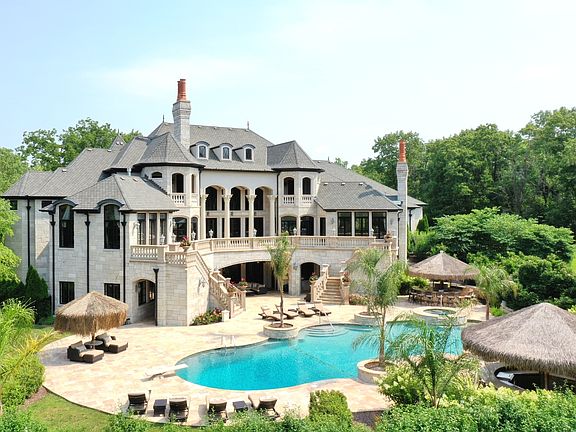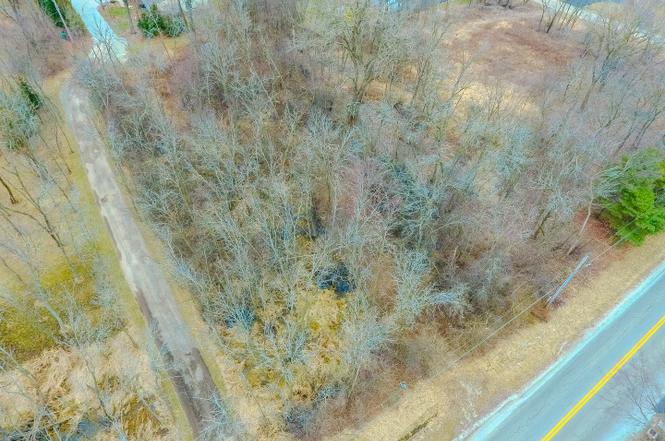ST BERNARD CATHOLIC CHURCH 10 Photos 13030 W 143rd St, Homer Glen, IL
Table of Content
The monotony of soldering and filing work made him turn himself toward more spiritual activities. In October 1895, he was ready to begin wholeheartedly a new apprenticeship with a bookseller in Tübingen. This experience from his youth, especially his time spent at the Seminary in Maulbronn, he returns to later in his novel Beneath the Wheel. During this time, there also was increased dissonance between him and Maria, and in 1911 Hesse left for a long trip to Sri Lanka and Indonesia. Following Hesse's return, the family moved to Bern , but the change of environment could not solve the marriage problems, as he himself confessed in his novel Rosshalde from 1914.

In Gaienhofen, he wrote his second novel, Beneath the Wheel, which was published in 1906. His story "The Wolf", written in 1906–07, was "quite possibly" a foreshadowing of Steppenwolf. In 1881, when Hesse was four, the family moved to Basel, Switzerland, staying for six years and then returning to Calw. After successful attendance at the Latin School in Göppingen, Hesse entered the Evangelical Theological Seminary of Maulbronn Abbey in 1891. The pupils lived and studied at the abbey, one of Germany's most beautiful and well-preserved, attending 41 hours of classes a week.
Between Lake Constance and India
His family background became, he noted, "the basis of an isolation and a resistance to any sort of nationalism that so defined my life". Hermann Karl Hesse was born on 2 July 1877 in the Black Forest town of Calw in Württemberg, German Empire. His grandparents served in India at a mission under the auspices of the Basel Mission, a Protestant Christian missionary society. His grandfather Hermann Gundert compiled a Malayalam grammar and a Malayalam-English dictionary, and also contributed to a translation of the Bible into Malayalam in South India.
In 1931, Hesse left the Casa Camuzzi and moved with Ninon to a larger house, also near Montagnola, which was built for him to use for the rest of his life, by his friend and patron Hans C. Bodmer. In the same year, Hesse formally married Ninon, and began planning what would become his last major work, The Glass Bead Game (a.k.a. Magister Ludi). In 1932, as a preliminary study, he released the novella Journey to the East.
Influence
After the end of each twelve-hour workday, Hesse pursued his own work, and he spent his long, idle Sundays with books rather than friends. Hesse studied theological writings and later Goethe, Lessing, Schiller, and Greek mythology. He also began reading Nietzsche in 1895, and that philosopher's ideas of "dual…impulses of passion and order" in humankind was a heavy influence on most of his novels. Hermann Hesse's grandfather Hermann Gundert, a doctor of philosophy and fluent in multiple languages, encouraged the boy to read widely, giving him access to his library, which was filled with the works of world literature. All this instilled a sense in Hermann Hesse that he was a citizen of the world.

By the time Hesse returned to civilian life in 1919, his marriage had fallen apart. His wife had a severe episode of psychosis, but, even after her recovery, Hesse saw no possible future with her. Their home in Bern was divided, their children were accommodated in boarding houses and by relatives, and Hesse resettled alone in the middle of April in Ticino.
Location & Hours
His next major works, Kurgast and The Nuremberg Trip , were autobiographical narratives with ironic undertones and foreshadowed Hesse's following novel, Steppenwolf, which was published in 1927. In the year of his 50th birthday, the first biography of Hesse appeared, written by his friend Hugo Ball. Shortly after his new successful novel, he turned away from the solitude of Steppenwolf and started a cohabitation with art historian Ninon Dolbin, née Ausländer. This change to companionship was reflected in the novel Narcissus and Goldmund, appearing in 1930. Hesse grew up in a Swabian Pietist household, with the Pietist tendency to insulate believers into small, deeply thoughtful groups. Furthermore, Hesse described his father's Baltic German heritage as "an important and potent fact" of his developing identity.

His mother wrote poetry, and his father was known for his use of language in both his sermons and the writing of religious tracts. His first role model for becoming an artist was his half-brother, Theo, who rebelled against the family by entering a music conservatory in 1885. Hesse showed a precocious ability to rhyme, and by 1889–90 had decided that he wanted to be a writer. In this environment with rich stimuli for his pursuits, he further developed spiritually and artistically. At the same time, Basel offered the solitary Hesse many opportunities for withdrawal into a private life of artistic self-exploration, journeys and wanderings.
By 1898, Hesse had a respectable income that enabled financial independence from his parents. During this time, he concentrated on the works of the German Romantics, including much of the work of Clemens Brentano, Joseph Freiherr von Eichendorff, Friedrich Hölderlin, and Novalis. In letters to his parents, he expressed a belief that "the morality of artists is replaced by aesthetics". Below, we will show you some data exposing the mass times at St Bernard’s Church, with different schedules, both mornings and evenings of the Catholic Church.

It aims to bring out authentic translations of Siddhartha in all Indian languages and has already prepared the Sanskrit,Malayalam and Hindi translations of Siddhartha. One enduring monument to Hesse's lasting popularity in the United States is the Magic Theatre in San Francisco. Referring to "The Magic Theatre for Madmen Only" in Steppenwolf , the Magic Theatre was founded in 1967 to perform works by new playwrights.
Although Hesse did well during the first months, writing in a letter that he particularly enjoyed writing essays and translating classic Greek poetry into German, his time in Maulbronn was the beginning of a serious personal crisis. In March 1892, Hesse showed his rebellious character, and, in one instance, he fled from the Seminary and was found in a field a day later. Hesse began a journey through various institutions and schools and experienced intense conflicts with his parents. In May, after an attempt at suicide, he spent time at an institution in Bad Boll under the care of theologian and minister Christoph Friedrich Blumhardt.
Later, he was placed in a mental institution in Stetten im Remstal, and then a boys' institution in Basel. At the end of 1892, he attended the Gymnasium in Cannstatt, now part of Stuttgart. The same year, he began spending time with older companions and took up drinking and smoking. An authorised translation of Siddhartha was published in the Malayalam language in 1990, the language that surrounded Hesse's grandfather, Hermann Gundert, for most of his life.
Following a letter to Kapff in 1895 entitled Nirvana, Hesse had ceased alluding to Buddhist references in his work. In 1904, however, Arthur Schopenhauer and his philosophical ideas started receiving attention again, and Hesse discovered theosophy. Although it was many years before the publication of Hesse's Siddhartha , this masterpiece was to be derived from these new influences.
Hesse's mother, Marie Gundert, was born at such a mission in South India in 1842. In describing her own childhood, she said, "A happy child I was not..." As was usual among missionaries at the time, she was left behind in Europe at the age of four when her parents returned to India. In his time, Hesse was a popular and influential author in the German-speaking world; worldwide fame only came later. Hesse's first great novel, Peter Camenzind, was received enthusiastically by young Germans desiring a different and more "natural" way of life in this time of great economic and technological progress in the country . Demian had a strong and enduring influence on the generation returning home from the First World War. He had to struggle through writing it, and he later would describe it as "a miscarriage".
St Bernard’s Church (Homer Glen)
During this time, he was introduced to the home of Fräulein von Reutern, a friend of his family's. His relationships with his contemporaries were "problematic", in that most of them were now at university. After this, Hesse began a bookshop apprenticeship in Esslingen am Neckar, but quit after three days. Then, in the early summer of 1894, he began a 14-month mechanic apprenticeship at a clock tower factory in Calw.
Comments
Post a Comment